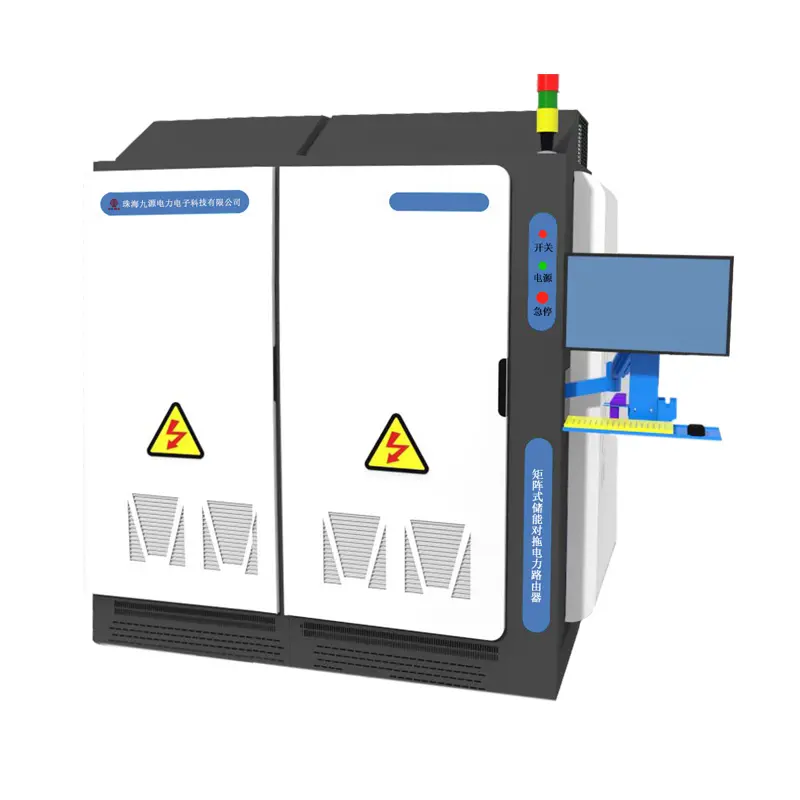In the rapidly evolving world of electronics, the need for reliable and versatile testing equipment is paramount. One such essential tool is the bidirectional power supply, which offers unique advantages for engineers and researchers alike. This article explores the benefits of incorporating a bidirectional power supply into your testing processes, enhancing efficiency and accuracy in various applications.
A bidirectional power supply allows for both sourcing and sinking of power, making it an invaluable asset in testing scenarios. Unlike traditional power supplies that can only provide energy, a bidirectional power supply can also absorb energy, enabling it to simulate real-world conditions more accurately. This flexibility is particularly beneficial for testing batteries, power electronics, and renewable energy systems, where both charging and discharging cycles must be evaluated. By utilizing a bidirectional power supply, engineers can streamline their testing procedures, reducing the need for multiple devices and saving valuable time.
One of the standout features of a bidirectional power supply is its ability to deliver precise voltage and current control. This level of accuracy is crucial during testing, as even minor fluctuations can lead to erroneous results. Moreover, a bidirectional power supply often comes equipped with advanced monitoring capabilities, allowing users to track performance metrics in real-time. This ensures that any anomalies can be quickly identified and addressed, leading to more reliable outcomes. In high-stakes environments such as automotive and aerospace testing, the precision offered by a bidirectional power supply can significantly enhance the quality of data collected.
Investing in a bidirectional power supply can lead to significant cost savings in the long run. By consolidating multiple functions into a single device, businesses can reduce their equipment expenditure and maintenance costs. Additionally, the time saved in testing procedures translates to increased productivity, allowing teams to focus on innovation rather than troubleshooting. For companies looking to optimize their testing setups without compromising on quality, a bidirectional power supply is an economically sound choice.
The versatility of a bidirectional power supply extends across various industries, including telecommunications, automotive, and renewable energy. Its ability to handle different voltage and current ranges makes it suitable for a wide array of applications, from powering prototypes to testing complex systems. This adaptability ensures that engineers can rely on a single device for multiple projects, enhancing workflow and reducing the complexity of equipment management.
In conclusion, the incorporation of a bidirectional power supply into testing protocols offers numerous advantages, including enhanced flexibility, improved efficiency, cost-effectiveness, and versatility across applications. As the demand for precise and reliable testing solutions continues to grow, investing in a bidirectional power supply is a strategic choice for any organization aiming to stay ahead in the competitive landscape of technology.

